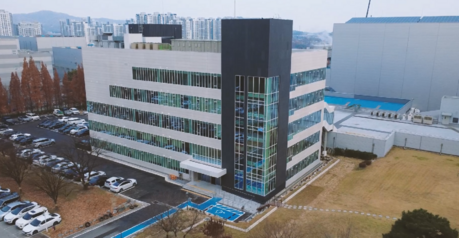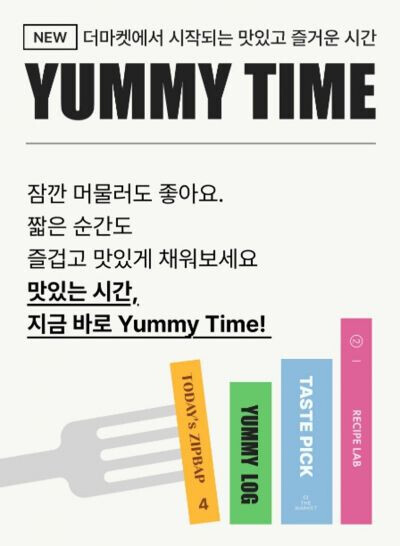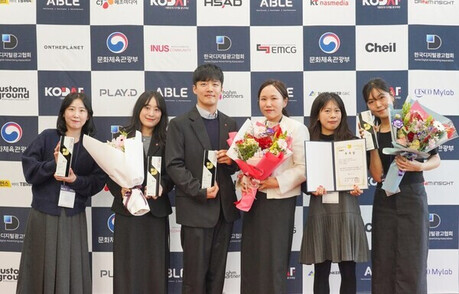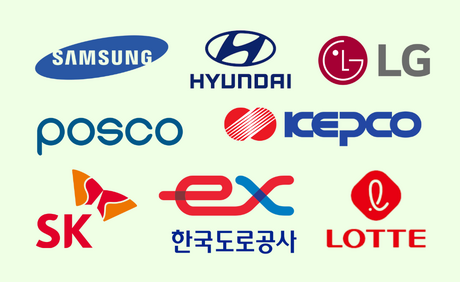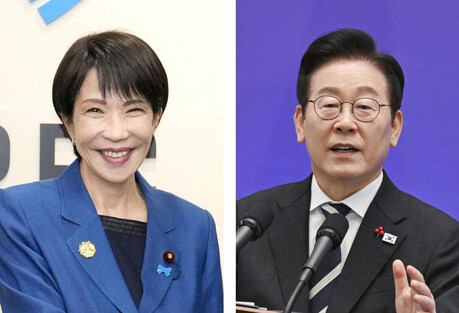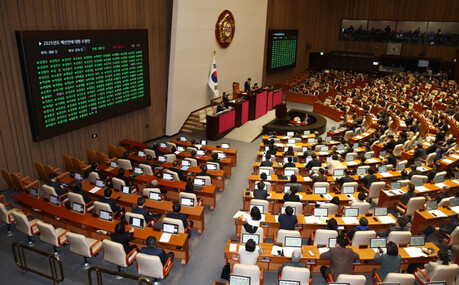
Asunción, Paraguay – Paraguay is making notable strides in expanding financial inclusion, driven by the increasing digitalization of financial services. However, despite advancements, significant challenges remain, particularly in the realm of financial literacy.
The Central Bank of Paraguay (BCP) has been at the forefront of these efforts, defining financial inclusion as "access to quality financial services in a timely, convenient, informed, and cost-effective manner, operating under regulations that ensure consumer protection and financial education." To underscore its commitment, Paraguay annually observes "National Financial Inclusion Week" in the second week of March.
Paraguay's dedication to this cause is further evidenced by its 2014 "National Financial Inclusion Strategy (ENIF)," which aimed to reduce poverty and stimulate economic growth. The impact of these initiatives is reflected in the steady increase in bank utilization. BCP data reveals a substantial 66% surge in loan users, climbing from approximately 1.385 million in December 2022 to 2,303,514 by December 2024. Moreover, the adoption of simplified basic deposit accounts has seen remarkable growth, escalating from 657,000 in December 2020 to 2,275,000 in December 2024. Also, with over 80% of the population having internet access, this will greatly help with the digital financial inclusion of the population.
However, economist Gloria Ayala Person highlights that while Paraguay's financial inclusion rate has risen from below 30% in 2011 to 54% in 2021, it still trails the regional average of 73%. Compared to neighboring countries like Brazil (84%), Chile (87%), Bolivia (69%), and Uruguay (74%), Paraguay's rate indicates room for improvement.
Several factors impede Paraguayans' access to formal financial systems, including high service costs, low incomes, a significant informal economy, limited trust in financial institutions, low financial literacy, a lack of understanding of financial products, and insufficient bank branches in regions like the Chaco.
[Copyright (c) Global Economic Times. All Rights Reserved.]
















